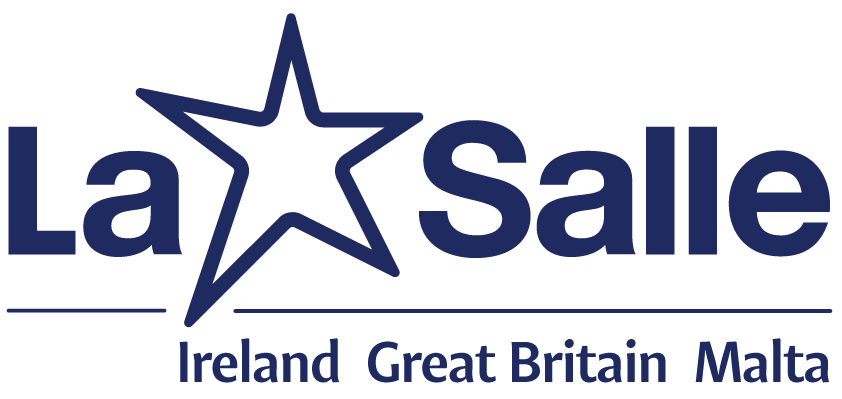Going a little deeper: Letting students critique each others’ answers
Br. Finbarr Murphy, from the De La Salle College Waterford Community, discusses a technique that could help students to learn and express themselves.
What’s proposed here is nothing radically new; most of us are practising it daily.
The standard exchange between teacher and learners, comes in the form of Q & A. What’s proposed here is an extension or deepening of this basic episode, where fellow students are offered a chance to respond to colleagues’ answers. Students respond to students’ answers: STRESA
For the sake of order, the Responders follow the accepted ‘formula’: I agree with the answer because… Or, I disagree because…
Teacher might deem further investigation of the answer worthwhile and invite more responses.
Why Stresa ?
At the pedagogical level, STRESA engages learners more deeply with the topic at hand. It invites deeper investigation, here and now under the watch of Teacher.
But maybe more importantly, this little intervention could alter the social and interpersonal dynamics within the class, and re-shape learners’ personal self-image. Stresa creates a more participatory learning environment in which the shy introvert is offered a safer, more friendly environment in which to speak up and be seen and heard.
Simultaneously, the louder extraverts must pause; they know they’ll be challenged. All participants will soon learn how to nuance their statements, and so acquire the basics of more accurate verbal self-expression. The skills of nuance are truly empowering. How many futile, confrontative arguments can be avoided simply by a more sensitive choice of words?
It has been infamously reported that the inmates of Sing Sing Prison solved most arguments with their fists! So what about the learners everywhere who feel imprisoned in their own deep introversion, inhibitions and fears? Don’t foreign nationals struggling with English anywhere across the curriculum come to mind? Howard Gardener’ theory of multiple intelligences seems to justify the Stresa technique, not to mention The Pedagogy of the Oppressed!
After a few weeks of the Stresa technique some teachers may re-discover themselves in a new role i.e. as adjudicators of impromptu, sophisticated debates, with the skills of critical thinking in nuanced language to the fore. If so, rejoice!
In a school like ours which offers four (or five?) languages, Stresa seems guaranteed to effect positive change.
Simple wall-charts displaying samples of Statements of Agreement, and Statements of Disagreement will prove useful at the beginning e.g:
I agree because:
- It’s plain common sense
- It sounds right
- it’s what we’ve learned already
- It’s been fact-checked
- It’s logical
-It’s consistent with what we’ve seen so far.
I disagree because:
- It’s not consistent with the facts…
- There’s not enough evidence for…
- It’s mere opinion, and therefore…
- It’s jumping to conclusions to say that…
- It’s an exaggeration…
- It’s illogical to me

